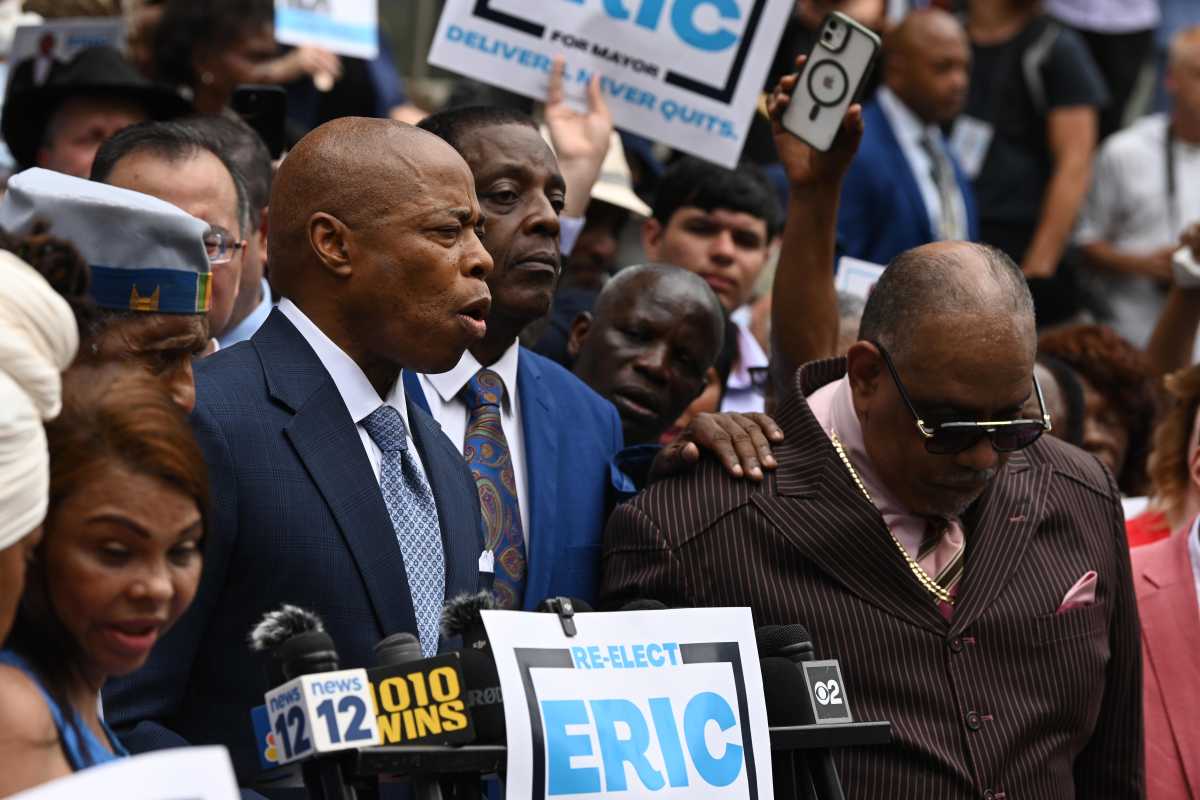The zoning text amendment closing Carroll Gardens’ “wide streets” loophole is having an immediate effect on new construction in the community.
The Department of Buildings has identified nine construction sites around Carroll Gardens immediately affected by the zoning text amendment. Five of them have been issued stop work orders.
The new zoning text amendment triggered stop work orders at 338 President Street, 120 3rd Place, 16 4th Place and 126 1st Place.
At the time of this writing, however, stop work orders for 338 President Street and 16 4th Place had already been lifted.
One of the stop work orders that still remain in effect is for 360 Smith Street – the proposed 48-unit “Oliver House.” The architects working on the project did not respond to requests for comment at press time, but developer William Stein has informed the MTA that closure of the subway entrance at Smith Street and 2nd Place – scheduled for earlier this week – should be postponed while building plans are retooled.
The entrance was slated to be shut down on July 28 while construction of the “Oliver House” proceeded.
Now, however, the entrance will remain open until such time as Stein is able to either bring his project into compliance with the new zoning regulations, or can appeal his case before the Board of Standards and Appeals.
In all, the new zoning text amendment effects new construction at 1st, 2nd, 3rd, and 4th places, as well as 2nd, Carroll and Presidents streets between Smith and Hoyt streets.
Craig Hammerman, Community Board 6 district manager, was quick in urging the DOB to take action.
“We are hopeful that the Department of Buildings will familiarize itself with this revision of the Zoning Resolution and quickly determine where it might affect existing projects that have already been reviewed by your department,” he wrote to Brooklyn Borough Commissioner Magdi Mossad.
DOB inspectors were dispatched to Carroll Gardens immediately following passage of the zoning text amendment in the New York City Council.
Sites determined to have at least 50 percent of their foundations completed at that time were deemed to be already vested and thereby exempt from new zoning regulations.






















